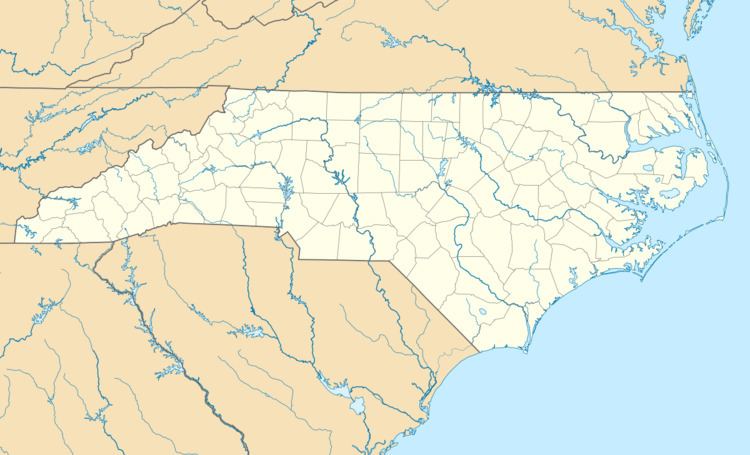Built 1929 (1929) Opened 1929 Phone +1 828-765-2359 | NRHP Reference # 03001270 Area 46 ha Added to NRHP 10 December 2003 | |
 | ||
Location NC 1164 (Conley Ridge Rd.), Penland, North Carolina Architect Beeson, D.R.; Van Wageningen & Cothran Architectural style Bungalow/craftsman, Colonial Revival, Rustic Revival Address 67 Doras Trl, Bakersville, NC 28705, USA Similar Haystack Mountain School of, Mint Museum, John C Campbell Folk Scho, Corning Museum of Glass, Alfred University Profiles | ||
The Penland School of Crafts ("Penland") is an Arts and Crafts educational center located in the Blue Ridge Mountains in Spruce Pine, North Carolina, about 50 miles from Asheville.
Contents
- Bennett watt hd productions inc inc north carolina penland school of crafts
- History
- Overview
- References
Bennett watt hd productions inc inc north carolina penland school of crafts
History
The school was founded in the 1920s in the isolated mountain town of Penland, North Carolina. In 1923, Lucy Morgan, a teacher at the Appalachian School who had recently learned to weave at Berea College, created an association to teach the craft to local women provide a source of income that they could earn from their homes. The center, called Penland Weavers and Potters, provided instruction, looms, and materials. Local volunteers built a cabin and then a larger hall. In 1929, Penland was officially founded as the Penland School of Handicrafts after Edward F. Worst, a weaving expert and author of the Foot Power Loom Weaving, visited the school to provide instruction on weaving. Worst added classes in basketry and pottery.
Bill Brown, who took over in 1962 after Morgan, created a resident artist program and expanded the number of and length of the courses. There are 51 buildings on 400 acres. Penland buildings were designed primarily by North Carolinian architects, including Frank Harmond and Cannon Architects in Raleigh, North Carolina and Dixon Weinstein Architects in Chapel Hill.
The school campus was added to the National Register of Historic Places in 2003 as the Penland School Historic District. The district encompasses 31 contributing buildings, 1 contributing site, and 3 contributing structures. The district is characterized by one and two-story frame farmhouses dating from the turn of the 20th century, associated agricultural outbuildings, and Rustic Revival style log buildings. Notable buildings include the Colonial Revival style Lily Loom House and Pines; the Craft Cabin; Homer Hall; Ridgeway; and Beacon Church.
Overview
As of 2005, Penland offered Spring, Summer, and Fall workshops in craft disciplines, including weaving and dyeing, bead work, glassblowing, pottery, paper making, metalworking, and woodworking. It also offers fine arts subjects, such as printmaking, painting, and photography. Workshops are taught by visiting American and international artists and professors, a tradition that started with Worst and until he died in 1949. Academic degrees are not awarded by Penland, but students can receive college credit through Western Carolina University (WCU). There are about 1200 people who study at Penland each year.
Penland holds an annual Community Day in early March, when the school's studios are open and visitors can work on a small project with the help of the artists.
An exhibition of works created at Penland was held at the Mint Museum.
